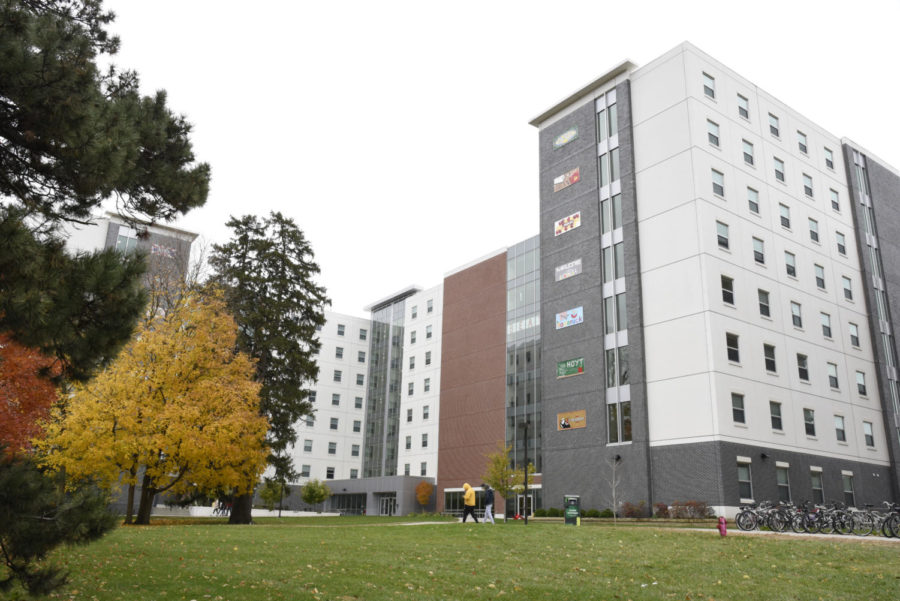Department of Residence continues to adapt to fit housing needs
March 12, 2020
Iowa State’s constant change with residency has created an open-communication style between students and the Department of Residence, as they house more than 6,800 students on campus.
That is a lot of voices to be heard when collecting feedback. In the past, however, the Department of Residence has worked hard to give students what they want and has been closely in touch with student leaders when making residence decisions.
Geoffroy Hall is an example of students and administrators working together to create a product that is mutually beneficial. It is the newest residence hall on campus which started construction in May 2015 and finished in December 2016. The building is co-ed and features large, double-occupancy, traditional-style dorms.
“That building really has students’ fingerprints all over it,” said Brittney Rutherford, communications manager for the Department of Residence. “Student leaders told us they wanted four elevators, they told us what they wanted the rooms to be like, they told us what they wanted the bathrooms to be like, they even told us how they wanted the common space to be built in that facility.”
Sometimes, however, the feedback is indirect and comes in the form of numerical trends. The demand for a room at Oak-Elm Hall, an all-female dorm hall, was declining, and based on those circumstances, the Department of Residence made the decision to close down the building for next year.
“The decision to close Oak-Elm Hall was not made lightly,” Rutherford said. “We have been watching the trends and identified that it doesn’t have an extremely high return rate. It doesn’t have a super high preference rate from incoming students, and we created a new community in Helser Hall for women that’ll move in next year.”
It may not be closed down for good, though, as the Department of Residence has reopened closed residence halls in the past based on the supply and demand of available rooms and student input. After Wallace and Wilson were closed and vacated in 2005, students started telling the Department of Residence that they wanted a building that was entirely made of single rooms. So the decision was made to reopen Wallace Hall.
After a spike in enrollments, however, Wallace Hall filled up completely and the decision was made to convert the single rooms to double rooms. Once things settled back down, Wallace Hall became what we know it as today. Currently, Wallace Hall is a co-ed dorm hall that only features single rooms.
“We just kind of flex depending on what’s going on campus and in the world and in the community,” Rutherford said.







